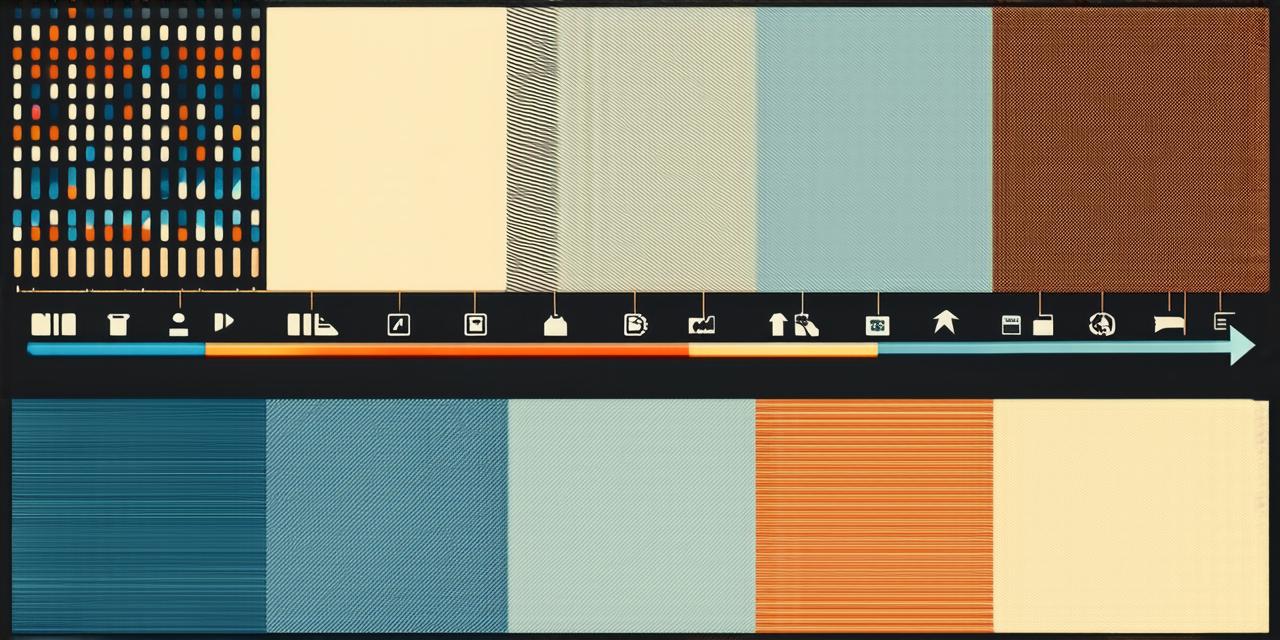History of mobile applications: A timeline of app development
Introduction
The history of mobile applications is an intriguing journey that spans over four decades. From the first primitive apps to today’s sophisticated and highly functional mobile applications, this timeline will take you through the major milestones in app development. We will explore how technology has evolved over time, how mobile devices have become more powerful, and how app developers have adapted to these changes.
Early Days (1973-1980)
The earliest form of mobile applications can be traced back to the 1970s when primitive software was developed for early mobile phones. In 1973, Martin Cooper of Motorola made the first mobile phone call using a prototype device that had a small screen and limited functionality. However, it wasn’t until 1980 that the first mobile application was developed. It was called “Apple II Mobile” and was designed for the Apple II computer, which could be connected to a mobile device through an infrared link.
Mid-Early Days (1980-2000)
The mid-early days of app development saw significant advancements in technology and the emergence of new platforms for mobile applications. In 1984, Apple introduced the Macintosh computer, which featured a graphical user interface (GUI) that made it easier to use mobile devices. Meanwhile, the first mobile app marketplace was launched in 1990, paving the way for commercial apps to be distributed.
However, it wasn’t until 2007 that mobile applications really took off. Apple introduced the iPhone, which featured a touch-screen interface and an app store, allowing users to download apps directly onto their phones. This marked the beginning of the era of smartphones, and mobile app development exploded as developers rushed to create new and innovative applications for these devices.
Mid-Late Days (2007-2015)
The mid-late days of app development saw further advancements in technology and the emergence of new platforms and frameworks for mobile apps. Google introduced Android in 2008, which quickly became one of the most popular mobile operating systems. This allowed developers to create apps that could run on a wide range of devices, including smartphones, tablets, and even wearables.
In 2013, Apple introduced the iOS 7 operating system, which featured a major redesign of the user interface, making it easier for users to navigate their mobile devices. Meanwhile, social media platforms such as Facebook and Twitter became increasingly important for app developers, allowing them to promote their apps and engage with users in new ways.
Late Days (2016-Present)
The late days of app development have seen the continued evolution of technology and the rise of new trends in mobile app development. Augmented reality (AR) and virtual reality (VR) technologies have become more prevalent, allowing developers to create immersive experiences that blur the line between the real and digital worlds.
In 2017, Apple introduced the iPhone X, which featured a cutting-edge OLED display and facial recognition technology. Meanwhile, social media platforms such as Instagram and Snapchat have become major players in the app development industry, allowing developers to create visually appealing content that can be easily shared on these platforms.
Summary
The history of mobile application development is a fascinating journey that has seen technology evolve rapidly over time. From primitive software for early mobile phones to sophisticated and highly functional apps today, the mobile app industry has come a long way in just four decades. As technology continues to advance, we can expect to see even more innovative and exciting developments in the world of mobile app development in the years to come.
FAQs
1. What was the first mobile application?
The first mobile application was “Apple II Mobile,” developed in 1980 for the Apple II computer.
2. When did the iPhone launch?
The iPhone launched in January 2007.
3. What is augmented reality (AR)?
Augmented reality (AR) is a technology that overlays digital content onto the real world, creating an immersive experience for users.
4. What is virtual reality (VR)?
Virtual reality (VR) is a technology that creates a fully immersive digital environment for users to interact with.
